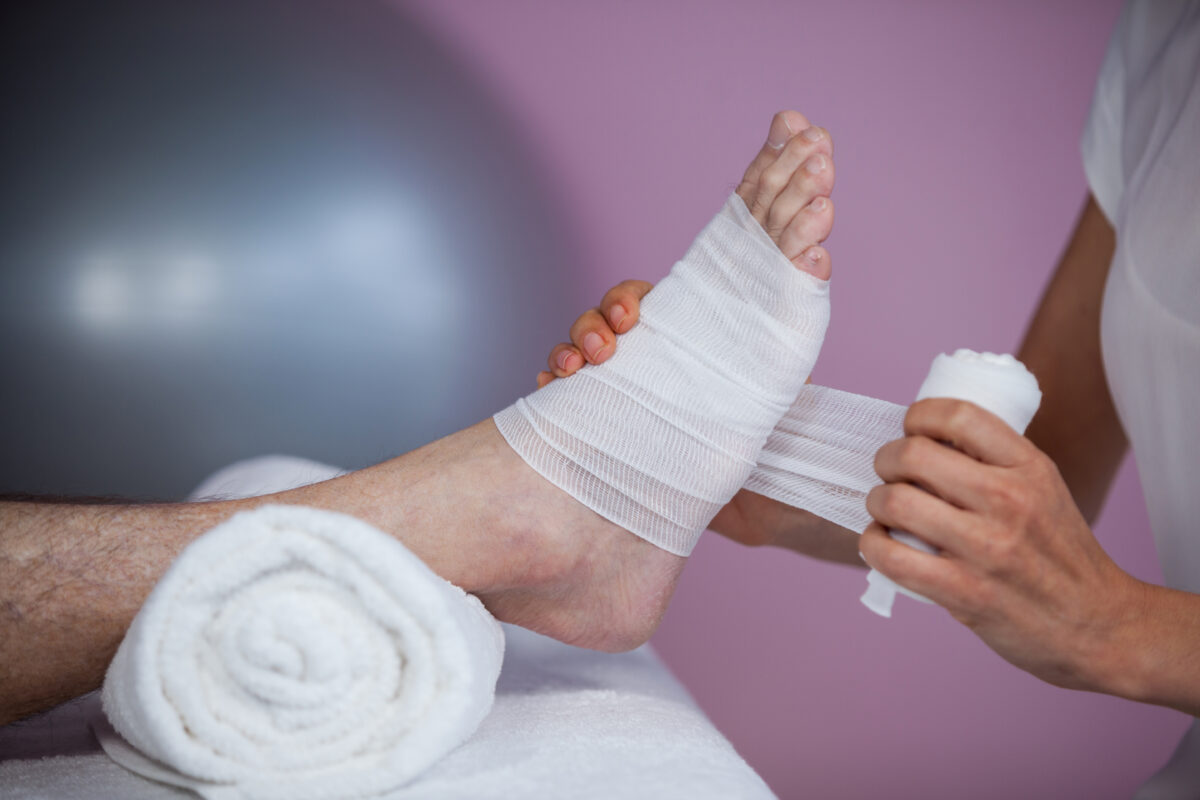
The “PEACE and LOVE” principle
Date: 02/02/2023Key points
- PEACE and LOVE are acronyms that describe optimal management of soft tissue injuries
- PEACE is used the first 3-4 days. Main focus is to protect against further injury, and to stimulate the bodys own repair process.
- LOVE is used after those initial 3-4 days to gradually ease back into activity and secure optimal recovery
What is it?
PEACE and LOVE are two acronyms that was proposed in 2019 as the optimal management of soft tissue injuries (2). Earlier, we’ve recommended the ICE, RICE, PRICE and POLICE principles. Recent research has highlighted a need for change in the management of acute soft tissue injures. The PEACE and LOVE principle was made with those new needs in mind.
PEACE
“All injuries just needs some PEACE and LOVE”. PEACE is to be used in the first 3 days after the injury.
Protect – The injured body part needs protection against further injury. That means unloading or in some cases even restricting the body part. Full rest isn’t recommended, and you should try to do some careful movements that are pain free. Let pain be your guide, and increase movement gradually within what pain allows. Remember, moving is something else than loading. If you’ve hurt your foot, sitting in a chair doing unloaded pain free movements for the foot is beenficial. Standing up and putting weight on the foot is not (unless that is pain free).
Elevate – Holding the injured body part higher than the heart is recommended.
Avoid – Avoiding both anti-inflammatory drugs and avoiding ice are new recommendations that probably are the biggest surprise to a lot of people. Both the drugs and the ice is effective in reducing inflammation, reducing swelling and reducing pain, so why would be stop using it? Turns out, it impairs the bodys own healing processes. So even though it feels good, it’s not neccessarily beneficial.
Compress – Make sure to put on a compress on the injured body part, but make sure it still allows for full range movement of the joint.
Educate – If you understand the injury, prognosis and treatment plan, you’re better equipped to make good choices, and outcome is usually better.
LOVE
After 3 -4 days you’re ready to start treating with the LOVE part of “PEACE and LOVE”.
Load – Optimal loading is essential to tissue repair. Optimal loading means gradually increasing load within what your pain allows, building slowly up to your normal activities. It’s adviced to resume normal activities as soon as your pain and symptoms allows. Start carefully so you don’t overload.
Optimism – Fear, worry and negative thoughts have been show to negatively impact prognosis. Making sure to talk to a physiotherapist who can explain everything for you in detail and help you combat your fears can in it self have a positive effect on prognosis.
Vascularisation – Increasing bloodflow by doing (pain free) cardiovascular activity has been shown to increase function and reduce pain
Exercise – Strengthening and exercising the injured body area will reduce risk of recurrence, and will help you regain movement and strength that you may have lost after the injury. Make sure to let pain be your guide, don’t push through pain while exercising. If you’re having trouble finding exercises that are pain free, talk to a physiotherapist.
If you had a severe injury, strong pain and heavy swelling, make sure to get a professional assessment.
References
- Kevin Nordanger Martin (2019) Alle skader trenger litt Peace and Love. Fysioterapi i privat praksis. Vol 2. From: https://www.fysioterapi.org/fagstoff-belastningsskader-og-akutte-skader/alle-skader-trenger-litt-peace-love [02.02.2023]
- Dubois, B. (2019, April 26th) Soft tissue injuries simply need Peace and Love. [Blog post]. From: https://blogs.bmj.com/bjsm/2019/04/26/soft-tissue-injuries-simply-need-peace-love/